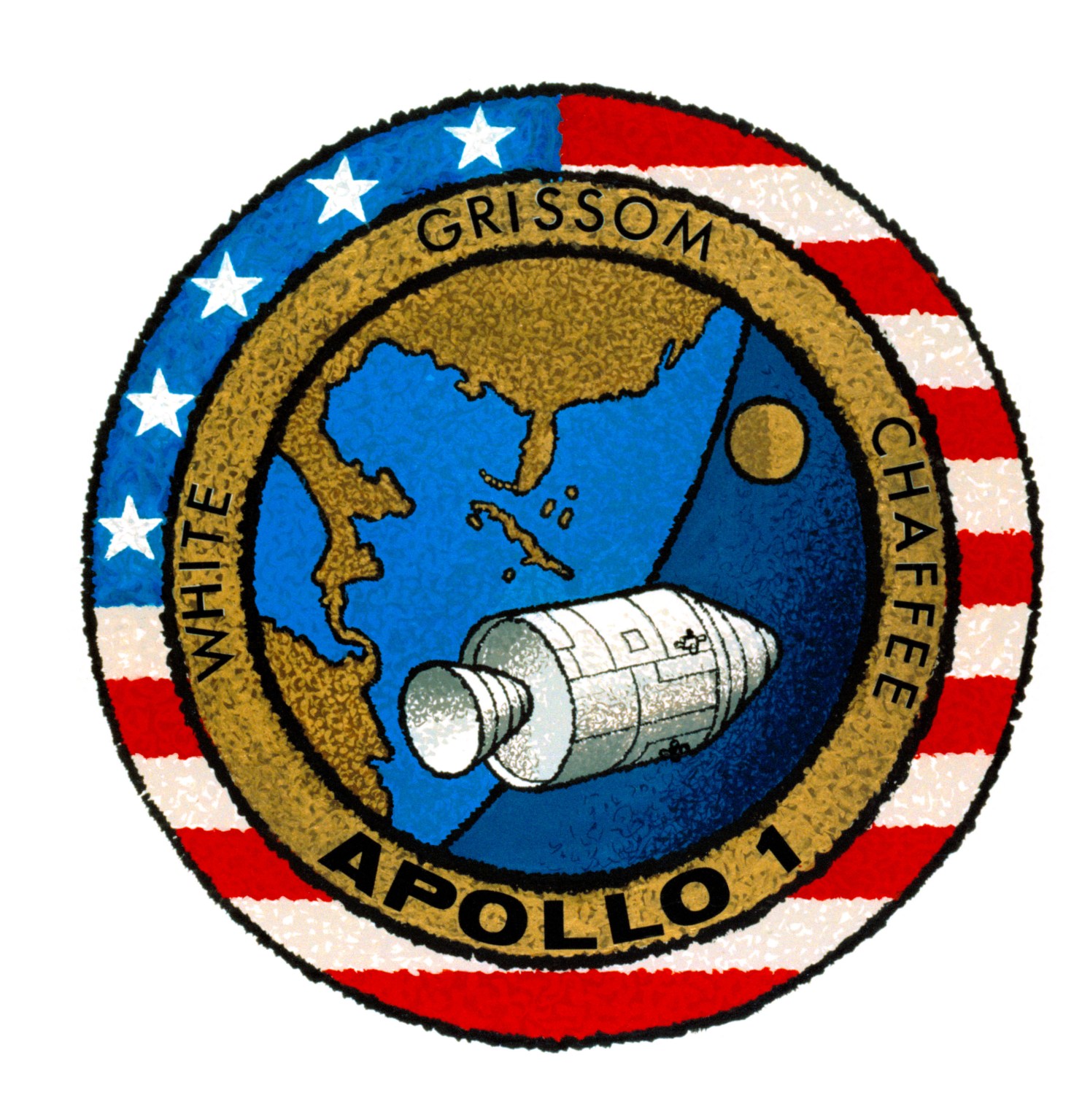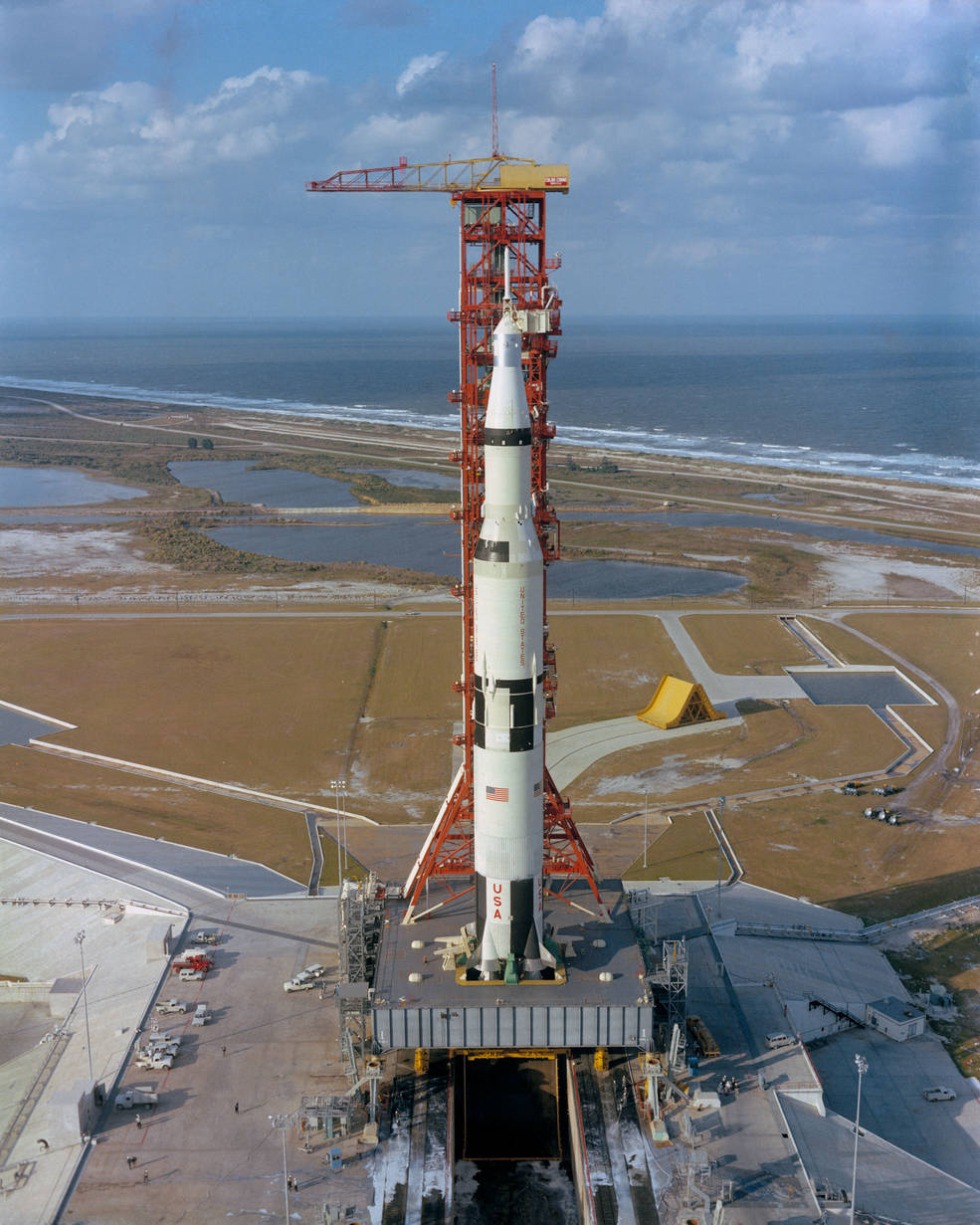Source: NASA Historical Reference Collection, NASA History Office, NASA Headquarters, Washington, DC.
Apollo 204 Review Board
Apollo Fire Investigation
Boilerplate Spacecraft
The first vehicles used in the test program were known as boilerplate spacecraft. These were pre-production spacecraft that were similar to their production counterparts in size, shape, mass, and center of gravity. These vehicles were used for parachute research and development, water drop tests, studies of stability characteristics, vibration tests, flight tests, and other purpose leading to the proper design and development of the actual spacecraft and its systems. Each boilerplate as equipped with instrumentation to permit recording of data for engineering study and evaluation.
Block I Spacecraft
The Block I spacecraft were limited-production flight-weight spacecraft used for flight systems development and qualification. The initial missions were conducted to verify production spacecraft structural integrity, systems operation, and system compatibility. After the structure and systems tests were completed, a series of unmanned flight missions was conducted to confirm the compatibility of the spacecraft and launch vehicle and to evaluate prelaunch, mission, and postmission operations. A manned Block I spacecraft mission (originally designated AS-204 and later designated Apollo I) was planned to confirm the compatibility of the spacecraft and crew; however, the spacecraft was destroyed during a prelaunch test on January 27, 1967, and the crew, astronauts Virgil I. Grissom, Edward H. White II, and Roger B. Chaffee, were lost in the resulting fire. While an investigation of the accident was being conducted and corrective actions taken, there was a hiatus of about 18 months before another manned mission was ready.
Block II Spacecraft
The command and service modules used for all manned missions were of the Block II design. Although similar to the Block I spacecraft, a number of changes were made as a result of the program definition study of 1964 and the Apollo I fire in 1967. Design changes continued to take place throughout the program as studies and analyses progressed, as hardware failure occurred, and as new requirements developed. Major modifications were made for the final three missions because of expanded requirements for scientific data acquisitions from Lunar orbit. While these modifications were being implemented, the investigation occuring from the cryogenic oxygen system failure experienced on Apollo 13 dictated additional changes.






























